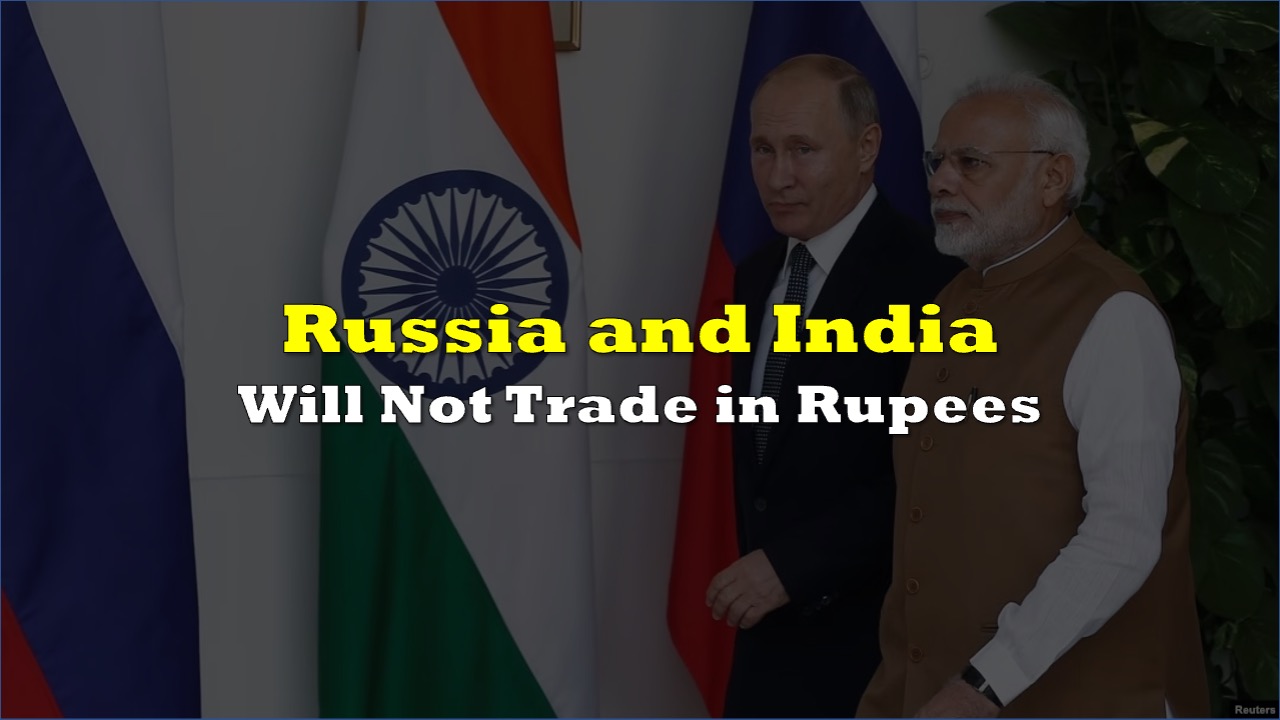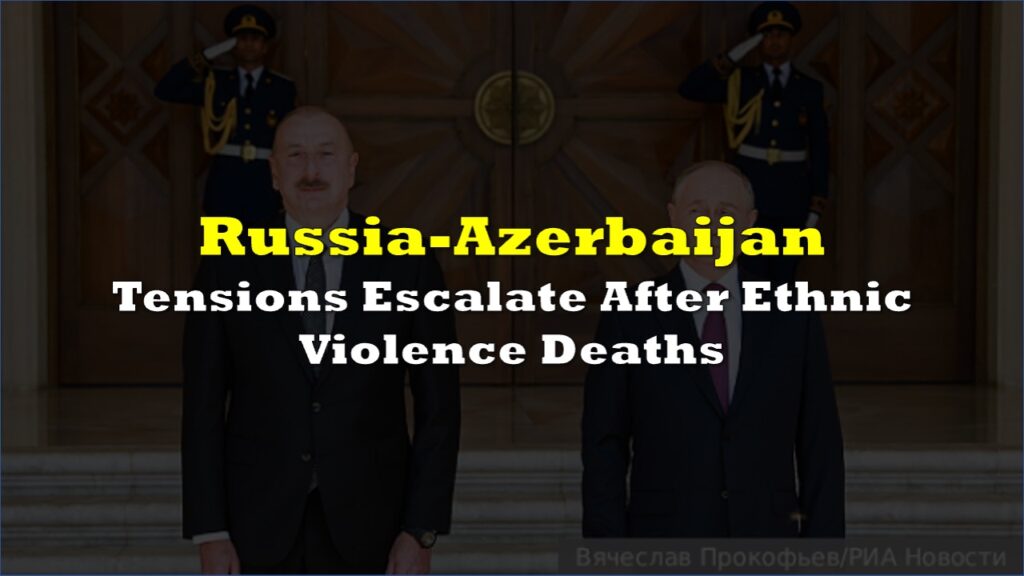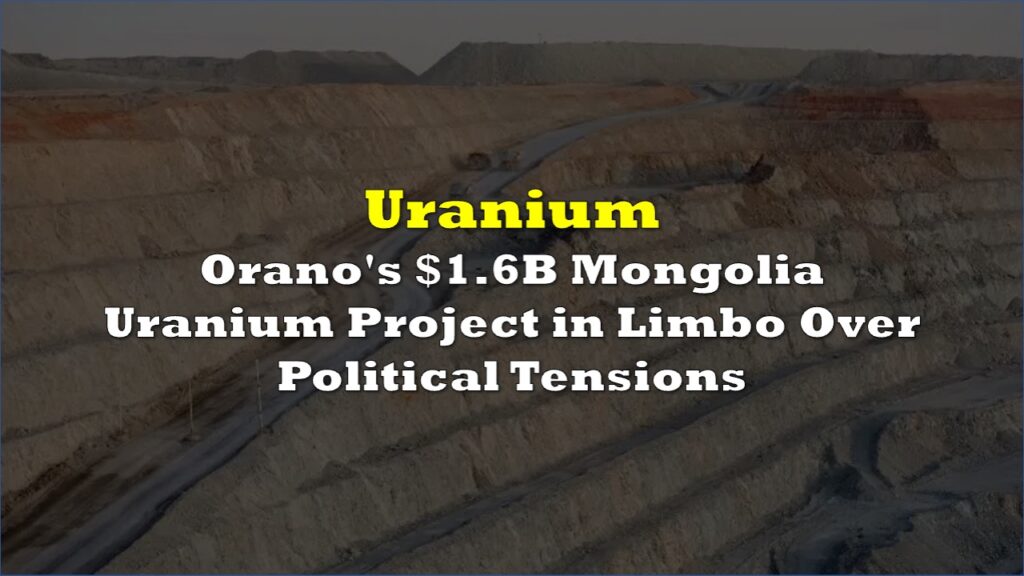India and Russia have halted their efforts to establish a bilateral trade settlement in rupees, according to a report from Reuters which cited two Indian government officials and a source with direct knowledge of the matter.
🇮🇳 India and 🇷🇺 Russia have suspended efforts to settle bilateral trade in rupees.
— The Spectator Index (@spectatorindex) July 15, 2023
The negotiations, which spanned several months, failed to convince Moscow to retain rupees in its reserves. This development comes as a significant setback for Indian importers of cheap oil and coal from Russia, who were anticipating a permanent rupee payment mechanism to save on currency conversion costs.
According to the unnamed Indian government official, Moscow expressed concerns about accumulating rupees, which is not fully convertible, and found this “not desirable.” If the permanent rupee payment scheme is implemented, Moscow would end up with an annual surplus of over $40 billion in rupees.
India still only has just about a 2% share of global exports, making it still not necessary for other countries to hold its currency. Russia prefers to be paid in Chinese yuan or other currencies, stated a second Indian government official involved in the negotiations.
Since Russia’s invasion of Ukraine in February of the previous year, India’s imports from Russia have skyrocketed to $51.3 billion, a significant increase from $10.6 billion in the same period a year prior. Discounted oil comprised a large portion of India’s imports, showing a twelve-fold surge during this timeframe. Meanwhile, India’s exports to Russia slightly decreased from $3.61 billion to $3.43 billion.
In May, Alexander Knobel, director of the Institute of International Economics and Finance of the Ministry of Economic Development, forecasted that the volume of “frozen funds” or rupees in Russia’s holdings can reach tens of billions of dollars, highlighting that “the situation is aggravated by India’s historically high aggregate trade deficit, which reduces the possibilities of clearing settlements with third countries.”
While the rupee settlement mechanism did not materialize, trade between India and Russia has continued, with payments being made in different currencies such as the UAE dirham, and facilitated through third-party countries.
Indian traders have also resorted to settling some trade payments outside of Russia. The officials mentioned that transactions are not restricted through the Society for Worldwide Interbank Financial Telecommunication (SWIFT) system and acknowledged that money is being routed via China for certain transactions.
Information for this story was found via Reuters, the Economic Times, and the sources and companies mentioned. The author has no securities or affiliations related to the organizations discussed. Not a recommendation to buy or sell. Always do additional research and consult a professional before purchasing a security. The author holds no licenses.









